Common Reasons Tourniquets Fail
Knowledge is power, and practice makes competence and confidence when utilizing those skills. However, the basic "how to" knowledge sometimes won't cover what to do when things go wrong. When someone's life is in your hands, you need to know what could cause your trusty tourniquet to fail and how to circumvent those obstacles.

Tourniquets need to be placed high on the limb. At the top of the arm, it's easier to achieve complete occlusion of the artery due to your body's anatomy. An artery that has been completely transected (sliced in half) will retract up into the arm by several inches in an attempt to reduce the loss of blood. If you place the tourniquet below the point of retraction, it's useless. You want to put the tourniquet at the top of the arm right below the armpit.
Follow this link to learn about how far up do you place a tourniquet.


The more you practice, the better you'll be able to apply a tourniquet. However, it's essential to know that even professionals, such as our resident Green Beret Medic Billy Haley, take at least twenty to thirty seconds to apply a tourniquet. Aim for a faster time, but ensure you use it correctly every time.

To make an improvised tourniquet, take a cloth, shirt, or triangular bandage, thread the cloth through a beverage security seal ring, and tie it around the victim's arm. Next, tie a stick over the original knot and twist the stick until the bleeding stops. Finally, secure the stick using the beverage ring.
One last time, I'm going to encourage you to spoil yourself a little and pick up a nice, reliable tourniquet (not to brag, but we've got some pretty great ones) so you can protect yourself.
What is a Tourniquet Failure?
A tourniquet fails when the hemorrhaging hasn't stopped. As long as the tourniquet has stopped the bleeding, it hasn’t failed even if the patient dies. The cause of death could be blood loss from before the tourniquet was applied, shock, or various other complications.What Causes a Tourniquet to Fail?
The vast majority of tourniquet failures are due to human error. Occasionally a tourniquet will be too old or warped to function properly, but this is in the minority of failures. Human errors can range from incorrect application to being too slow with the application.
Common Errors When Using a Tourniquet
While tourniquets aren't meant to be complicated devices, application methods can be forgotten or misunderstood. Thankfully, most tourniquet failures are a result of human error. While it may sound discouraging to hear, this just means that it's something that can be fixed and improved upon!Not High Enough
Many people mistakenly believe that tourniquets should be placed low on the limb above the injury since tourniquets cause limb loss. This is a common and lethal misconception that needs to be corrected. This myth stems from the Civil War. Many soldiers' limbs that had tourniquets on them had to be amputated due to gangrene. The gangrene was caused by infection due to poor cleanliness practices and medical knowledge. Doctors didn't use disinfectants to clean their surgical tools. They used it to purify the air since they thought foul smells caused diseases.Tourniquets need to be placed high on the limb. At the top of the arm, it's easier to achieve complete occlusion of the artery due to your body's anatomy. An artery that has been completely transected (sliced in half) will retract up into the arm by several inches in an attempt to reduce the loss of blood. If you place the tourniquet below the point of retraction, it's useless. You want to put the tourniquet at the top of the arm right below the armpit.
Follow this link to learn about how far up do you place a tourniquet.

Not Tight Enough
Tourniquets are the medical equivalent of a hydraulic press. But rather than crush everything in their path, they only crush the artery. However, without enough pressure, you will only add more pain to an already miserable person without anything to show for it. You need to take all the slack out of the tourniquet BEFORE tightening the windlass, or it will not stop a victim from bleeding out. You'll know the tourniquet is tight enough and applied correctly once the bleeding completely stops. Do not gauge tourniquet application from the victim's pulse. If the injury is above the wrist and you measure their pulse, there will be no pulse since all the blood is leaving through the wound.Incorrectly Improvised Tourniquets
Not just anything can be used as a tourniquet! For one, it is borderline impossible to get a belt tight enough. And even if you use the buckle to twist the belt tighter, the victim's skin will get caught and make the situation worse. Shoe strings, paracord, and other skinny items are the equivalent of throwing gasoline on a forest fire. These narrow objects can slice the artery in two (again) and make it, so the patient has an internal bleed even higher up in their arm. If the object you're going to use is too narrow, too wide, or isn't flexible enough to twist cleanly, don't use it!Other Atrocious Errors
There are mistakes, and then there are mistakes. Certain errors will lead to tourniquet failures every time and must be avoided at all costs.Not Fast Enough
Severe arterial bleeds can cause a person to bleed out within minutes, if not sooner. If possible, you should keep a tourniquet on you at all times or somewhere you can reach within thirty-seconds.
Loosening a Tourniquet
Whether you're loosening it because the patient is in pain or to "let the area breathe," any blood you let into the limb will flow straight out of the wound. When a patient has suffered from severe hemorrhaging, they need all the blood they can get. Don't let any escape!
Not Using a Tourniquet
This can easily be listed under the "dumb ways to die" category. A tourniquet is a life-saving tool, and it will not lead to limb loss. If someone is bleeding heavily, you should be able to leap into action with your tourniquet in hand like a superhero. Whether that includes golden locks of hair or wearing your undies on the outside, that's up to you!How to Avoid Errors
Practice
The more you practice, the more smoothly, confidently, and correctly you can apply a tourniquet in emergencies. Even if you panic, your muscle memory can kick in. Practice placing it on friends' and your limbs to familiarize yourself with the application.The more you practice, the better you'll be able to apply a tourniquet. However, it's essential to know that even professionals, such as our resident Green Beret Medic Billy Haley, take at least twenty to thirty seconds to apply a tourniquet. Aim for a faster time, but ensure you use it correctly every time.

Know How to Use Different Tourniquet Styles
Tourniquets are simplistic devices, but you need to know how to use the different styles. In addition, some tourniquets have differing application methods and require practice for you to confidently and competently use them.Keep a Tourniquet Nearby at All Times
There are various ways people carry their tourniquets. Some keep it in an EDC kit they carry on their belt, stuff it in their backpack, loop it around their ankle, or my favorite method that no one has taken me up on yet, wear it like a sweatband! You can show off your preparedness and your fashion sense at the same time! But in all seriousness, get a tourniquet and carry it with you.Correctly Improvised Tourniquets
Improvised tourniquets have a much higher rate of failure, but it's better than nothing (but seriously, get yourself a real tourniquet). If you left your tourniquet in the car and someone has to run back and grab it, you can make do with a makeshift one until a real one is found and placed above the makeshift one.To make an improvised tourniquet, take a cloth, shirt, or triangular bandage, thread the cloth through a beverage security seal ring, and tie it around the victim's arm. Next, tie a stick over the original knot and twist the stick until the bleeding stops. Finally, secure the stick using the beverage ring.
Don't Hesitate
Dire situations are terrifying and can cause some people to freeze up. It's understandable, but someone's life is in your hands. Use the knowledge and training you've worked so hard for and get to work. You are capable of amazing things, and this is definitely within your capabilities.One last time, I'm going to encourage you to spoil yourself a little and pick up a nice, reliable tourniquet (not to brag, but we've got some pretty great ones) so you can protect yourself.
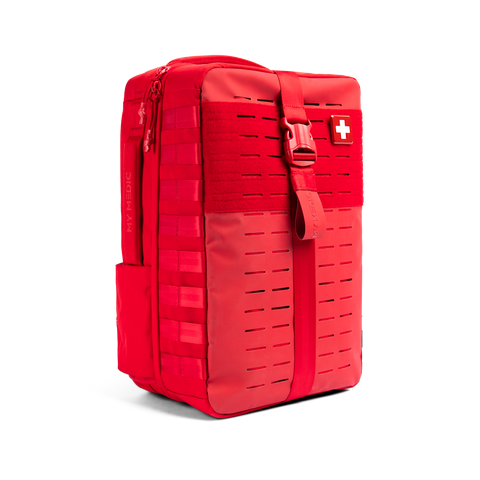 NEW ARRIVALS
NEW ARRIVALS
 BEST SELLERS
BEST SELLERS
 SUPERSKIN™
SUPERSKIN™
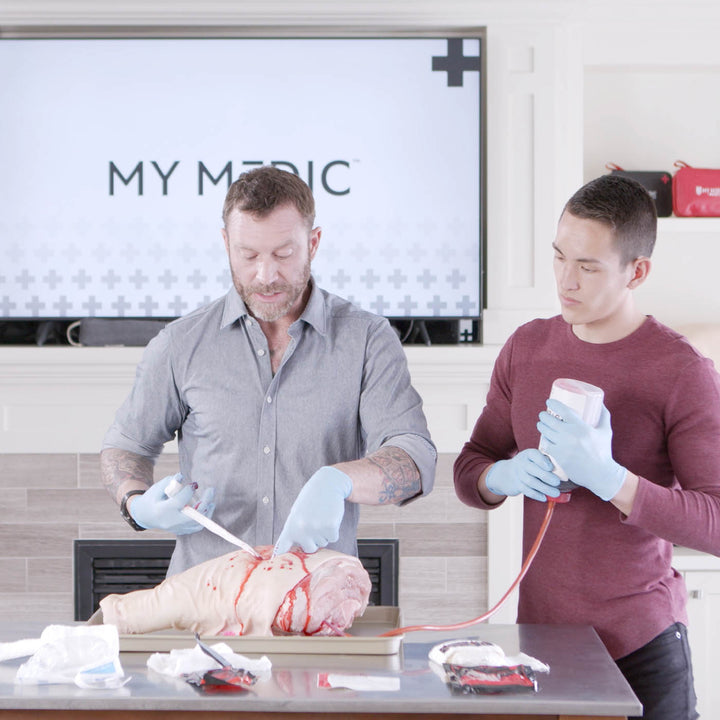 COURSES
COURSES
 REWARDS
REWARDS
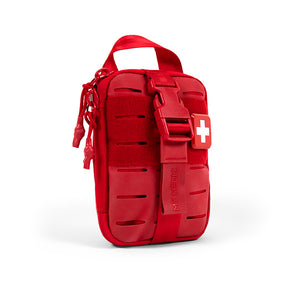 The MyFAK Collection
The MyFAK Collection
 Specialty
Specialty
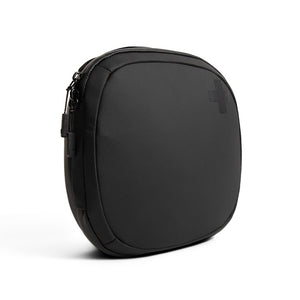 The Ready Collection
The Ready Collection
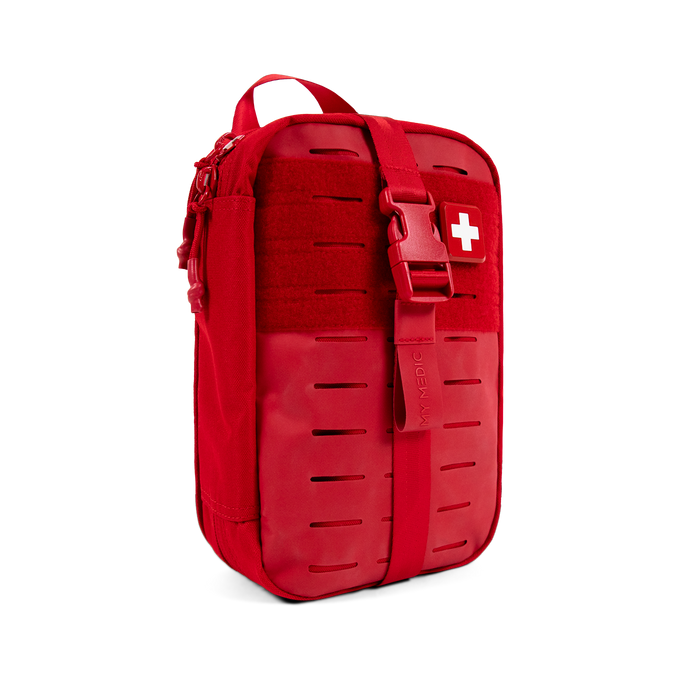
 BLEED
BLEED
 OUTDOOR
OUTDOOR
 TOOLS & DEVICES
TOOLS & DEVICES
 SPECIALTY
SPECIALTY
 AIRWAY
AIRWAY

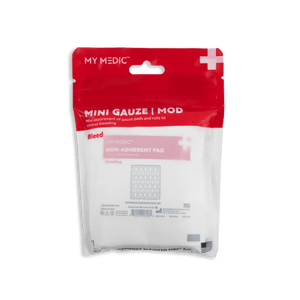 BLEED
BLEED
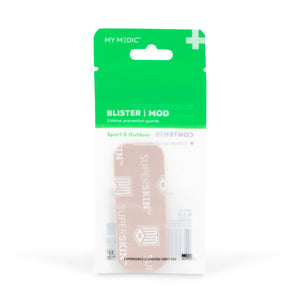 OUTDOOR
OUTDOOR
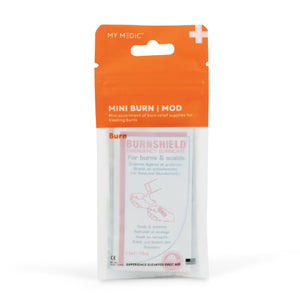 BURN
BURN
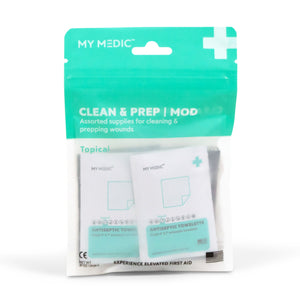 TOPICAL
TOPICAL
 MEDICATION
MEDICATION
 SPRAIN & FRACTURE
SPRAIN & FRACTURE
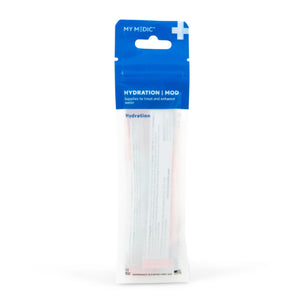 HYDRATION
HYDRATION
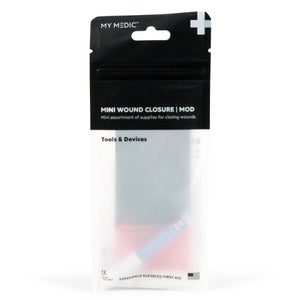 TOOLS & DEVICES
TOOLS & DEVICES
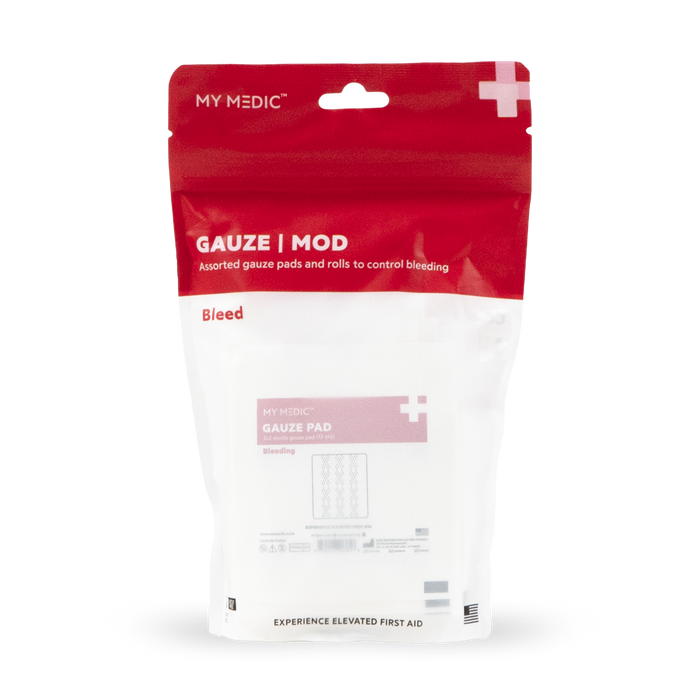
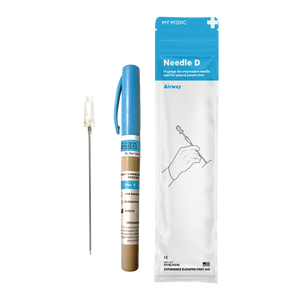 Supply Categories
Supply Categories
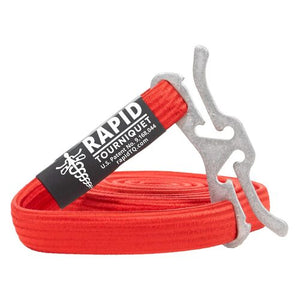 Top Sellers
Top Sellers
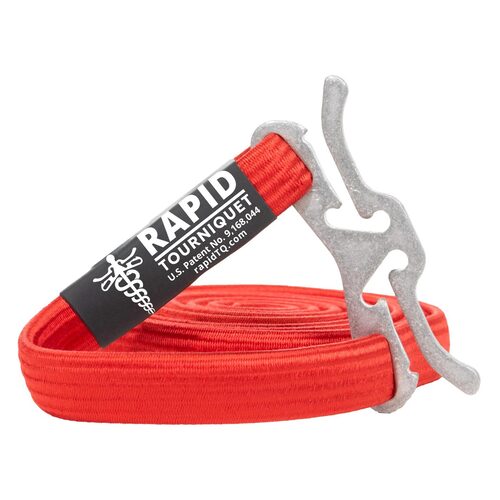






Leave a comment